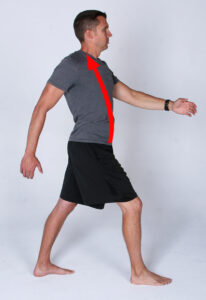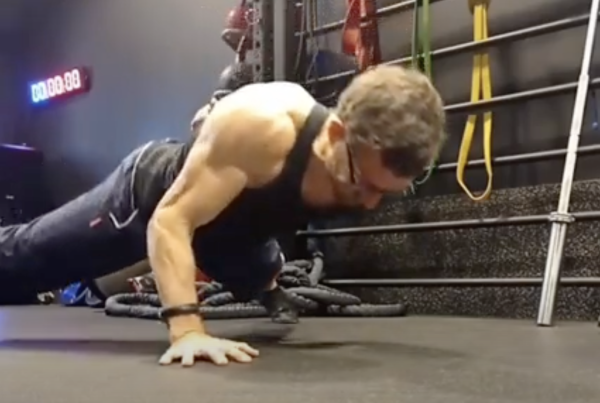What does your abdominal training routine or the exercises you recommend for your clients look like? Are the techniques you choose helping your abs look good while inadvertently hurting your lower back?
Most abdominal workouts contain variations of plank and abdominal bridging exercises to strengthen the muscles that help stabilize the pelvis, spine and rib cage for movements that require the body to brace for protection or in preparation for lifting. These exercises are extremely important and are an integral part of any abdominal training program that will also help safeguard the back from pain and injury.1 However, sit-ups and crunches typically also make up a substantial portion of many ab-training routines. While these exercises are useful for strengthening the rectus abdominis and obliques to help build muscle, when overused they can actually lead to more back pain.2
Basic Biomechanics
An effective ab routine designed to strengthen the abdominals and protect the lower back should include exercises that target the rectus abdominis to lengthen under tension (i.e., like a rubber band stretching). This is because the rectus abdominis must have the ability to stretch under stress as impact passes through the body during daily activities and sports. For example, as the foot strikes the ground when walking and running impact is transferred back up through the feet, legs and pelvis to the spine. As this force approaches the torso the rectus abdominis and obliques need to lengthen to help absorb this shock (see Figure 1). However, if these muscles are chronically shortened (from overdoing sit-ups and crunches) they will be unable to lengthen effectively and the structures of the spine will experience excessive stress and strain as a result.3

Figure 1: Lengthening of the abdominals to absorb impact
Therefore, to safeguard your spine against injury, your abdominal training routine must include eccentric (or lengthening) training of the abdominals.
Below (see Figure 2) you will find a great exercise for helping introduce an eccentric focused abdominal exercise. By practicing the lengthening of your abdominals to slow down the spine as it extends you can retrain your abs to better handle stress as it is transferred into the body and the spine.

Figure 2: Eccentric Crunch
Eccentric Crunch
- Sit on a gym ball (with your butt toward the back of the ball) approximately 2 feet away from the wall.
- Place your feet on the wall (or onto a bench) and gently walk up/pull yourself toward it as you roll your butt forward on the ball. Eventually you want to end up lying on the ball with your feet on the wall or bench. (Place a chair beside you for balance when you first attempt this exercise, if necessary.)
- Once in position, lift your hips up and slowly lower your spine into extension (arching it) over the ball. The goal of this exercise is to strengthen your abdominals in a lengthening manner to safely lower your upper back over the ball, not to strengthen your abdominals by training flexion of the spine. As such, when you return to the start position do not curl your spine up to a position where it is past being parallel with the ground.
- As you perform the lowering movement over the ball, be sure to keep your hips up and pelvis tilted under. Perform 8 to 20 repetitions for 1 to 3 sets 2 to 3 times a week.
Properly designed abdominal training can be a very rewarding experience for both you and your clients. It can help improve the aesthetic look of the midsection while also strengthening the abdominal muscles effectively to protect the back from pain and injury.
To learn more from Justin Price about how to design corrective exercises that strengthen the body and safeguard it from injury, check out The BioMechanics Method Corrective Exercise Specialist course available through FitPro.
References:
1Bryant, C.X., and D.J. Green, eds. 2010. ACE Personal Trainer Manual: the Ultimate Resource for Fitness Professionals, 4th ed. San Diego, CA: American Council on Exercise.
2McGill, S. 2016. Low Back Disorders: Evidence-Based Prevention and Rehabilitation. 3rd ed. Champaign, IL: Human Kinetics.
3Price, J. 2018. The Biomechanics Method for Corrective Exercise. Champaign, IL: Human Kinetics.








